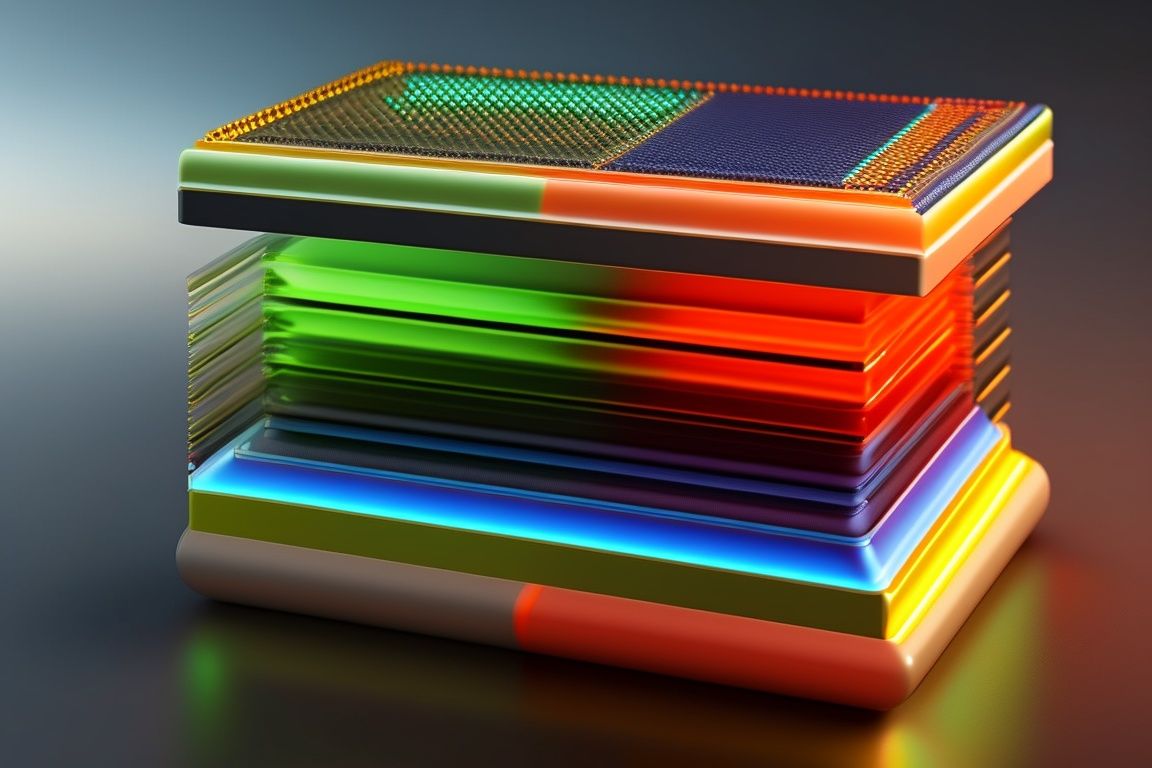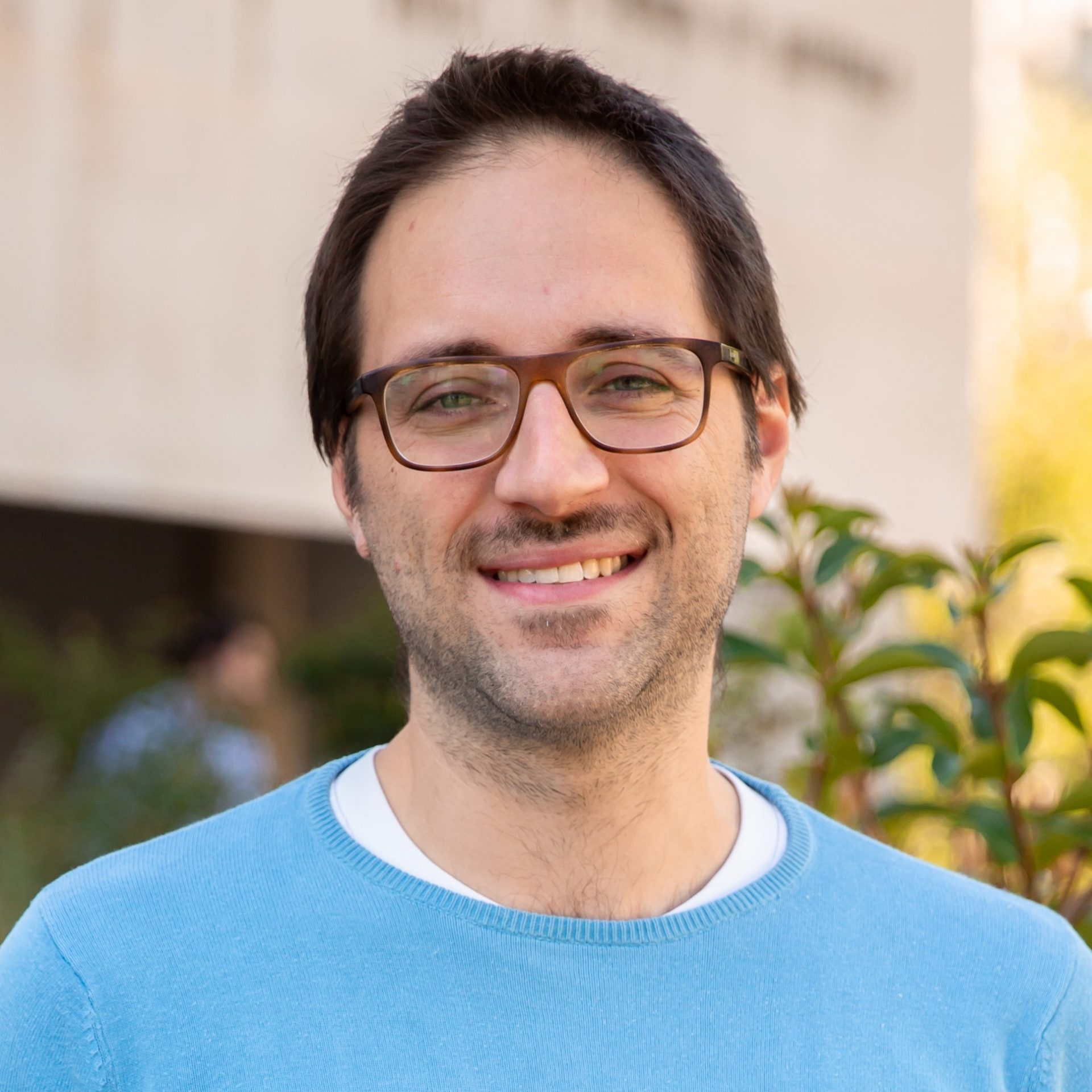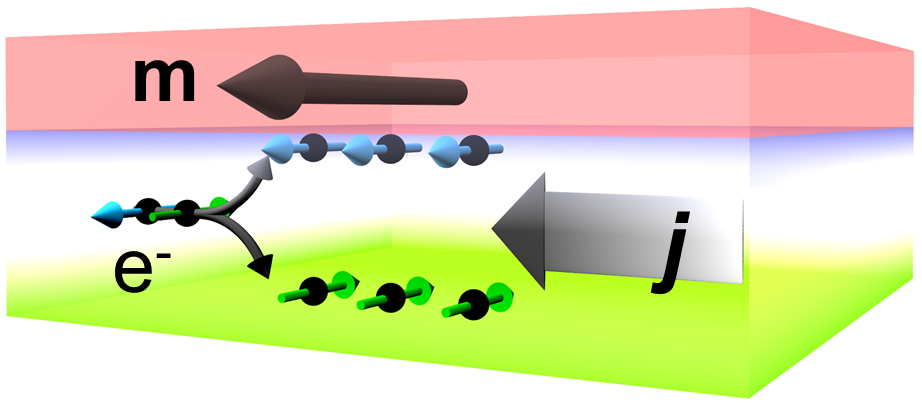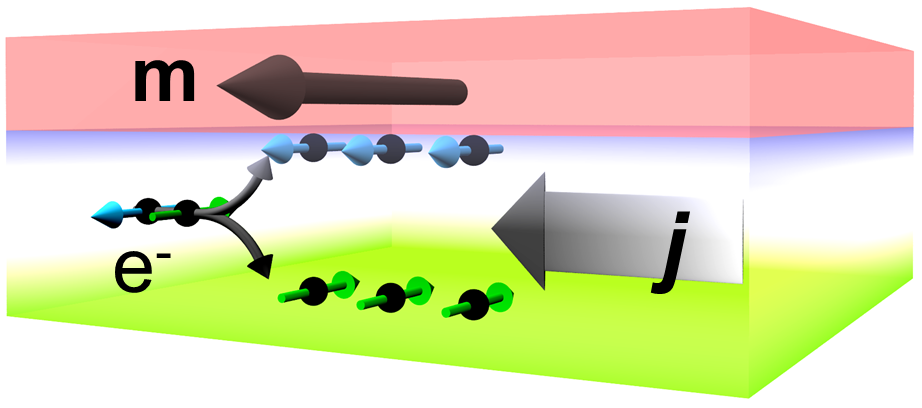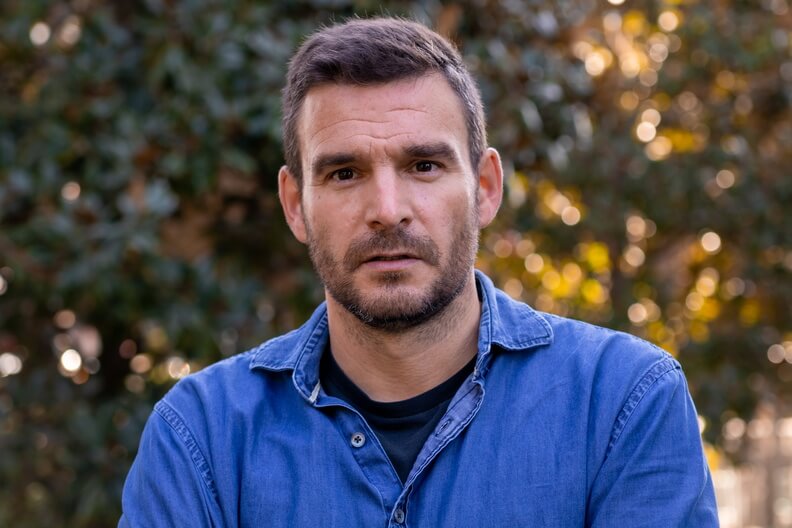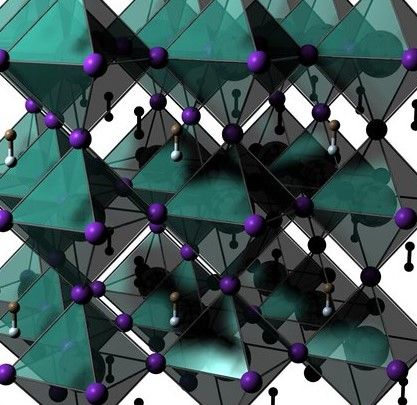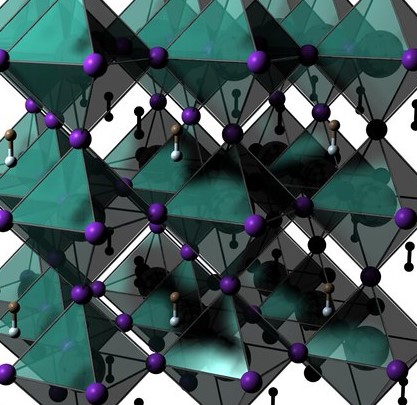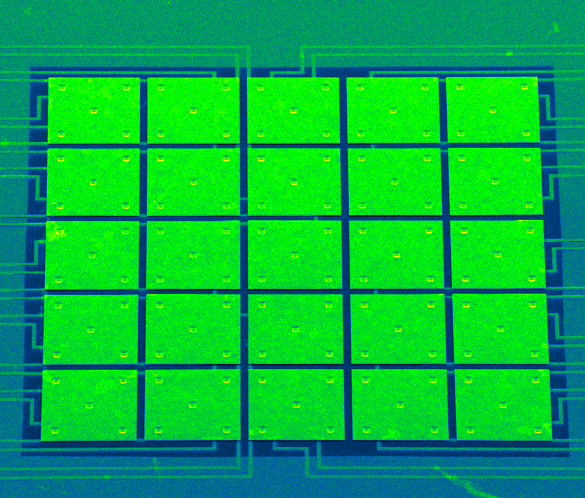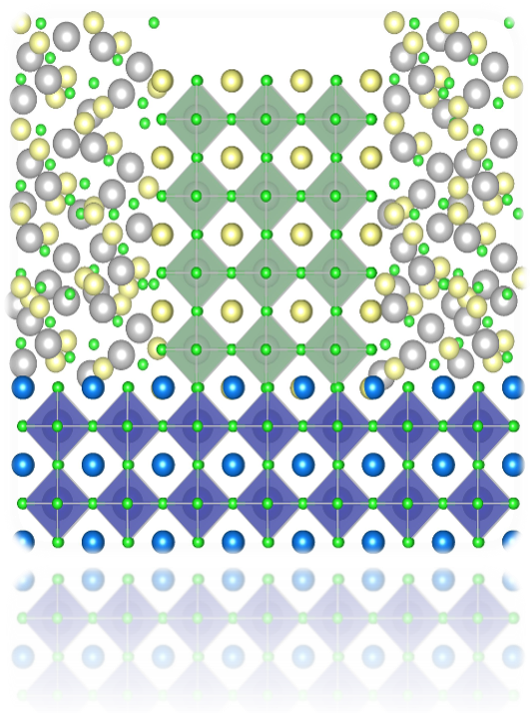Interface physics in complex oxide heterostructures
RESEARCH AREAS
Interface physics in complex oxide heterostructures
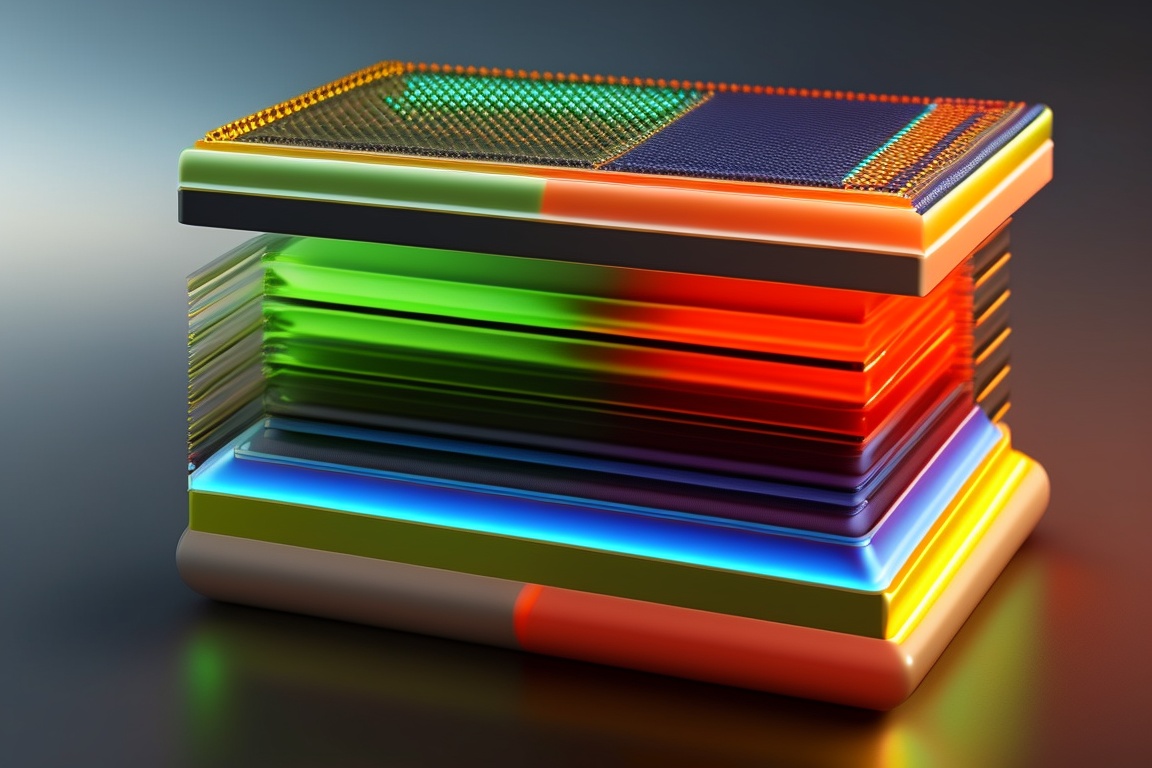
Transition metal oxides are considered to be the perfect candidate for the development of cheap, compact, green and energy-efficient devices because they are earth-abundant and can host a vast amount of electrical, magnetic, and optical properties. The structural quality of oxide heterostructures now rivals that of the best conventional semiconductors, allowing to envisage an oxide electronics era. However, for implementing such functional material systems in technological applications, it is necessary to understand how to control and engineer their properties at the nanoscale. In MULFOX, we investigate the evolution of these properties when two or more complex oxides are brought together. Various effects can take place including the change of lattice distortions (epitaxial strain), electrostatic coupling when materials with different polarity are involved (polar catastrophe), charge transfer via chemical potential shift, frustration due to sublattice connectivity (oxygen octahedra and tetrahedra), size effects due to reduced dimensionality, structure-periodicity tuning (superlattices) and so on. The idea is to explore the phase diagrams of complex oxide heterostructures to assemble the knowledge required for developing the technologies of tomorrow.
